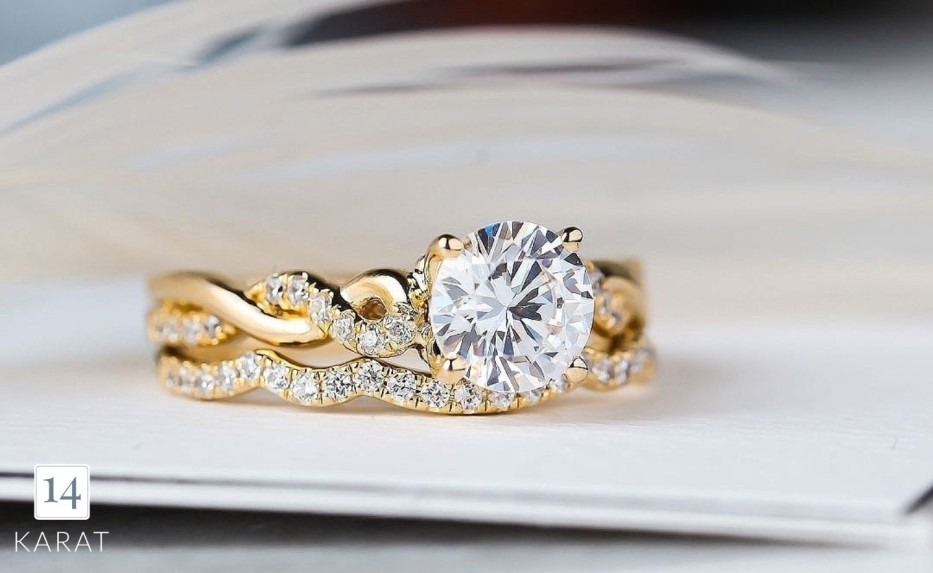Jewelry is a universal language of beauty and expression. From the opulent adornments of ancient civilizations to the avant-garde designs of the modern age, each era has contributed its unique chapter to the world of jewelry. Join your custom jewelry Omaha experts on this journey through time as we explore the eras of jewelry and see how they shaped trends, techniques, culture and fashion!
Ancient jewelry
The earliest known examples of jewelry date back thousands of years to ancient civilizations such as Egypt, Mesopotamia and Greece. In these societies, jewelry was not only a form of personal adornment but also held religious, social and symbolic significance. Pieces were often crafted from materials like gold, silver, precious stones and shells, and designs were influenced by religious beliefs, mythology and nature.
Medieval and Renaissance jewelry
During the Middle Ages and the Renaissance, jewelry became increasingly ornate and intricate. In Europe, craftsmanship flourished and techniques such as enameling, filigree and gemstone cutting reached new heights of sophistication. Jewelry was worn by nobility and royalty as a symbol of wealth, status and power, with elaborate pieces adorned with intricate details and symbolism.
Victorian jewelry
The Victorian era saw a resurgence of interest in sentimentality and romanticism, reflected in the design of jewelry. Queen Victoria's love for her husband, Prince Albert, inspired the popularity of sentimental pieces such as lockets and mourning and acrostic jewelry, where gemstones were arranged to spell out secret messages. Intricate designs featuring motifs like hearts, flowers and bows became fashionable during this time.
Art Nouveau jewelry
In the late 19th and early 20th centuries, the Art Nouveau movement emerged, bringing with it a revolution in jewelry design. Characterized by flowing lines, organic forms and motifs inspired by nature, Art Nouveau jewelry broke away from the rigid conventions of the past. Artists like René Lalique and Louis Comfort Tiffany created exquisite pieces using innovative materials such as enamel, horn and glass.
Art Deco jewelry
The Art Deco era of the 1920s and 1930s ushered in a new era of glamor and sophistication. Jewelry designs became bold, geometric and streamlined, reflecting the influence of modernism, urbanism and the machine age. Diamonds, emeralds and sapphires were favored gemstones, often set in platinum and white gold to create a striking contrast. Art Deco jewelry exuded elegance and luxury, epitomizing the spirit of the Roaring Twenties.
Contemporary jewelry
In the modern era, jewelry design has become more diverse and eclectic than ever before. Artists and designers draw inspiration from a wide range of sources, including nature, technology, culture and art. Traditional techniques are combined with innovative materials and technologies, resulting in pieces that push the boundaries of creativity and craftsmanship. From minimalist designs to avant-garde creations, contemporary jewelry reflects the diversity and complexity of the world we live in.
Custom jewelry
This era is characterized by a celebration of craftsmanship, creativity and collaboration between artisans and clients. The emergence of custom jewelry marks a significant shift toward individuality and personalization. Unlike mass-produced pieces, custom jewelry allows for the creation of bespoke treasures that speak to the wearer's unique story and style.
Visit us for custom jewelry Omaha
The eras of jewelry encapsulate human creativity and expression. When you wear jewelry today, think of how these eras played a role in the pieces you own. If you’re interested in creating custom jewelry Omaha for you or someone special, we’d love to work with you! Contact us today or stop in our store.
 14 Karat
14 Karat

Comments